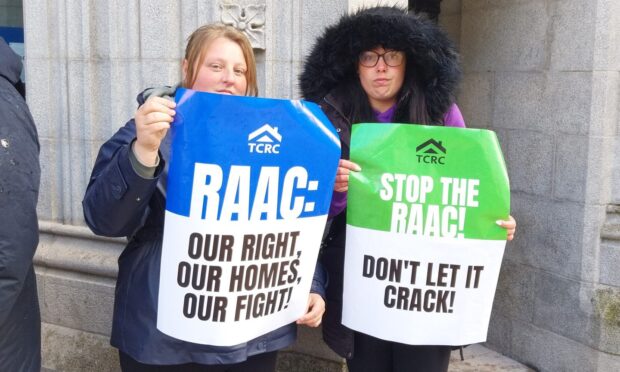It’s one of the more unlikely tales in the history of Scottish energy.
But, more than 45 years ago, plans were launched for an £85million nuclear power plant in a north-east village.
Today’s edition of Your Life magazine chronicles how atomic energy became linked with Stake Ness in Boyndie.
Writing in April 1970, the Press and Journal writer, Cuthbert Graham, claimed the “universal reaction” in the area was that the development was the “best thing that could have happened.”
He makes reference to William Reid, a tenant farmer of Upper Dallachy, who smiled at the prospect of the “profound upheaval” and “change” which would land on his doorstep.
Once the two reactor and generator units had been created, a new road network was expected to materialise to serve the farming community.
Mr Graham also claimed there was “no intention to alter the existing character of Whitehills by expanding it to accommodate the influx of new labour to the county which the power boom will bring.”
In the 1961 census figures, the population of Boyndie was just 1,750, with more than 1,000 based in Whitehills.
Another 500 lived in Ladysbridge meaning that only 235 people lived in the rural parts of the community.
The possibility of a nuclear power plant at Stake Ness was still being discussed as late as September 1983,
And a public meeting, which was held in Banff that month to discuss whether the Banff and Buchan district council should alter its policy on the site should be changed, was covered comprehensively by Aberdeen Journals.
The authority’s stated policy at the time was to avoid committing to developing the nuclear station whilst at the same time recognising its possible significance.
The same meeting also heard that the Hydro Board indicated there would be no development in Boyndie for at least ten years.
Eventually, the idea came to nothing. But how different might the landscape have looked if the plant had been built?










